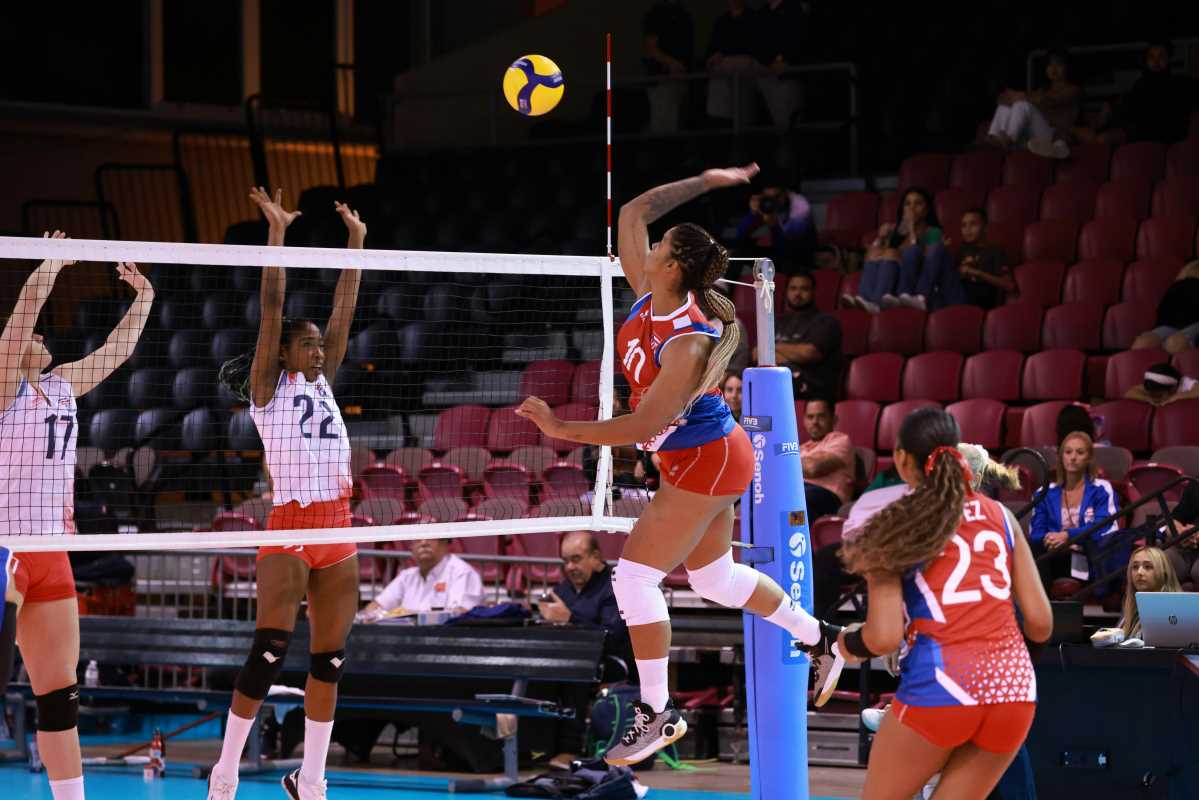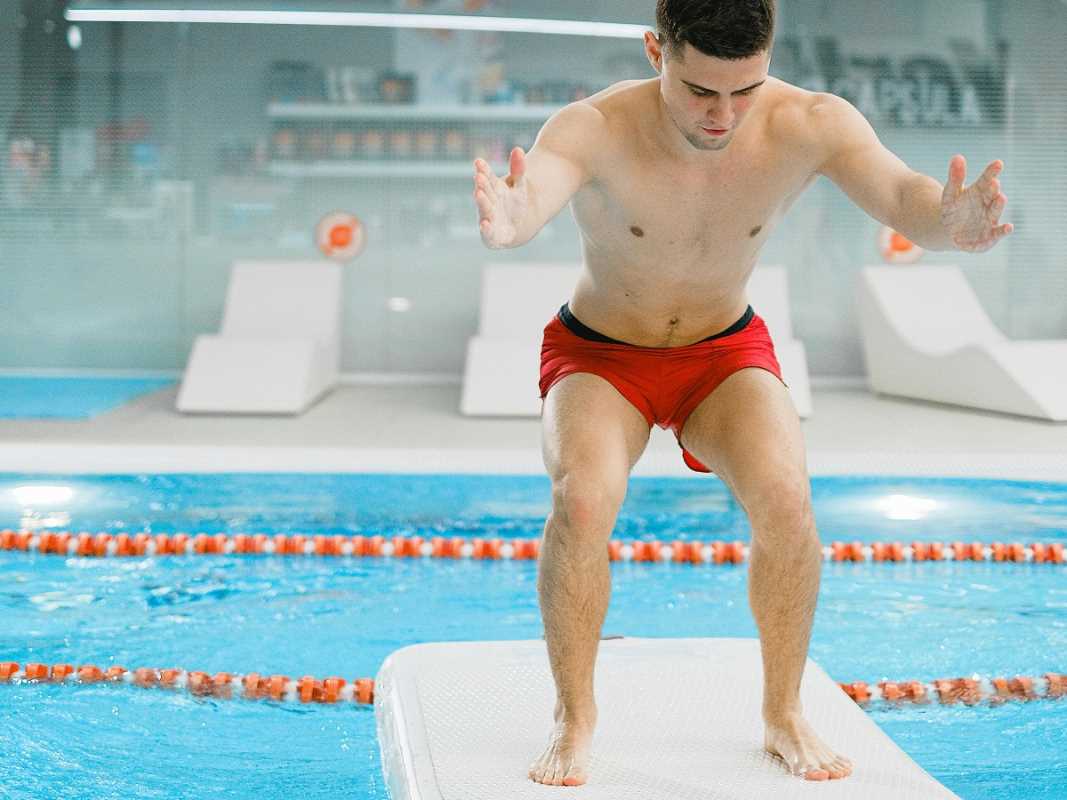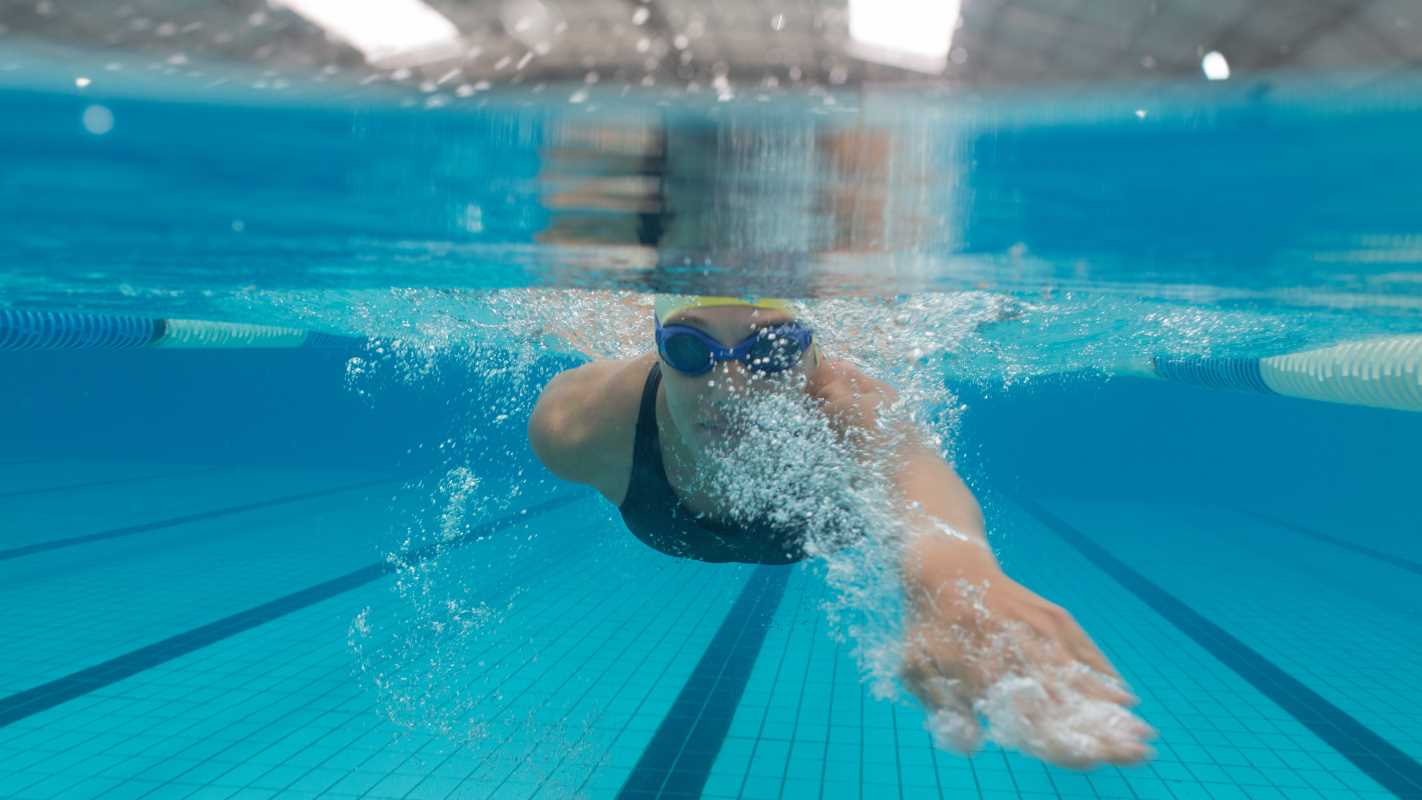Imagine stepping onto the volleyball court with the agility, precision, and focus typically seen in martial arts masters. This level of performance isn’t just the result of traditional volleyball drills—it’s increasingly the product of cross-training with martial arts. By weaving martial arts conditioning into your volleyball practice, you gain a unique edge: faster reaction times, sharper focus, improved body control, and enhanced coordination. Far from being a fleeting trend, this approach is embraced by top athletes who understand the value of multidisciplinary training. Martial arts not only boost physical skills but also strengthen mental resilience, allowing you to remain calm and responsive under pressure. This powerful combination positions you as a more dynamic and effective player on the court, ready to dominate every rally with skill and confidence.
The Intersection of Volleyball and Martial Arts
At first glance, volleyball and martial arts might seem worlds apart, but the synergy between the two leads to remarkable improvements in performance. Here are some key benefits:
- Enhanced Agility: Martial arts training improves footwork and body control, essential for quick movements on the court.
- Better Reflexes: The fast-paced nature of martial arts sharpens your ability to react swiftly to the ball and opponents' actions.
- Increased Strength and Flexibility: Techniques from disciplines like Taekwondo and Judo build core strength and flexibility, aiding in powerful serves and spikes.
- Improved Mental Focus: Martial arts emphasize discipline and concentration, helping athletes maintain focus during intense matches.
- Injury Prevention: Strengthening muscles and joints through martial arts can reduce the risk of common volleyball injuries.
Martial Arts Techniques Beneficial for Volleyball
Several specific martial arts techniques can directly enhance your volleyball game. Here are some top examples:
- Footwork Drills from Karate: These drills improve your ability to move quickly and efficiently around the court, allowing you to reach difficult areas with ease.
- Balance Training from Tai Chi: Enhancing your balance helps maintain stability during jumps and landings, reducing the risk of falls and improving overall performance.
- Core Strengthening from Jiu-Jitsu: A strong core is crucial for powerful spikes and serves, as well as for maintaining posture during play.
- Reaction Time Exercises from Boxing: Speed bag routines and sparring significantly improve your hand-eye coordination and reaction times.
- Breathing Techniques from Kung Fu: Controlled breathing helps manage stamina and maintain energy levels throughout long matches.
Athlete Success Stories
Many athletes successfully blend martial arts into their volleyball training, reaping substantial rewards. Take Alex Morgan, a renowned volleyball player who incorporates Muay Thai sessions into her routine. She notices a significant improvement in her spiking speed and overall court awareness. Similarly, Jordan Lee combines Aikido practices with his training, which enhances his ability to anticipate opponents' moves and react swiftly, making him a standout defender.
These stories highlight how martial arts provide unique advantages, enabling volleyball players to push their limits and achieve higher levels of performance.
Practical Tips for Integrating Martial Arts into Volleyball Training
If you want to add martial arts conditioning to your volleyball regimen, here are some actionable steps to get started:
- Start with Flexibility: Incorporate advanced stretching techniques from martial arts to enhance your flexibility and prevent injuries.
- Schedule Regular Sessions: Dedicate specific times each week for martial arts training to ensure consistency and gradual improvement.
- Focus on Relevant Disciplines: Choose martial arts that emphasize agility, balance, and strength, such as Taekwondo, Judo, or Boxing.
- Integrate Drills: Combine volleyball drills with martial arts exercises. For example, use karate footwork patterns during warm-ups.
- Monitor Progress: Keep track of your performance in both sports to identify areas where martial arts training positively impacts your game.
Key Reflex Training Exercises
Boosting your reflexes proves crucial for excelling in volleyball, and martial arts offer excellent reflex training exercises that can make a big difference:
Speed Bag Training: Hitting a speed bag improves hand-eye coordination and reaction time, essential for intercepting fast serves and spikes.
Shadow Sparring: Practicing movements without a partner helps you anticipate and respond to various scenarios on the court.
Reaction Ball Drills: Using a reaction ball that bounces unpredictably enhances your ability to react quickly to unexpected movements.
Agility Ladder Exercises: These drills improve your foot speed and coordination, allowing you to move swiftly across the court.
Partner Mirror Drills: Mimicking a partner's movements enhances your ability to anticipate and react in real-time during matches.
Key Reflex Training Exercises
Another effective way to integrate reflex training involves combining it with your regular volleyball practice. For instance, use drills that require you to respond to a partner's movements or incorporate martial arts-based agility drills into your warm-up routine. This approach makes training more dynamic and directly translates martial arts skills into your volleyball game.
By consistently applying these reflex training exercises, you'll notice improvements in your defensive moves, allowing you to turn defense into offense more effectively and maintain a competitive edge on the court.
Integrating martial arts conditioning into volleyball training enhances reflexes, agility, and mental focus, improving performance and competitiveness. Start today to stay ahead in the game.
 (Image via
(Image via





